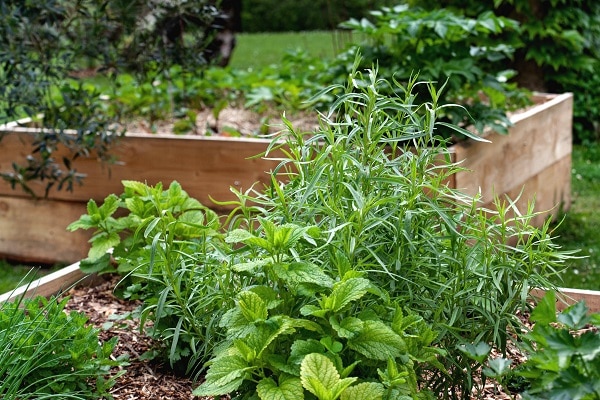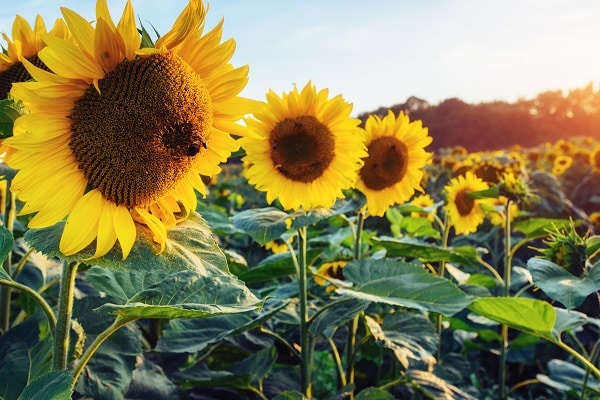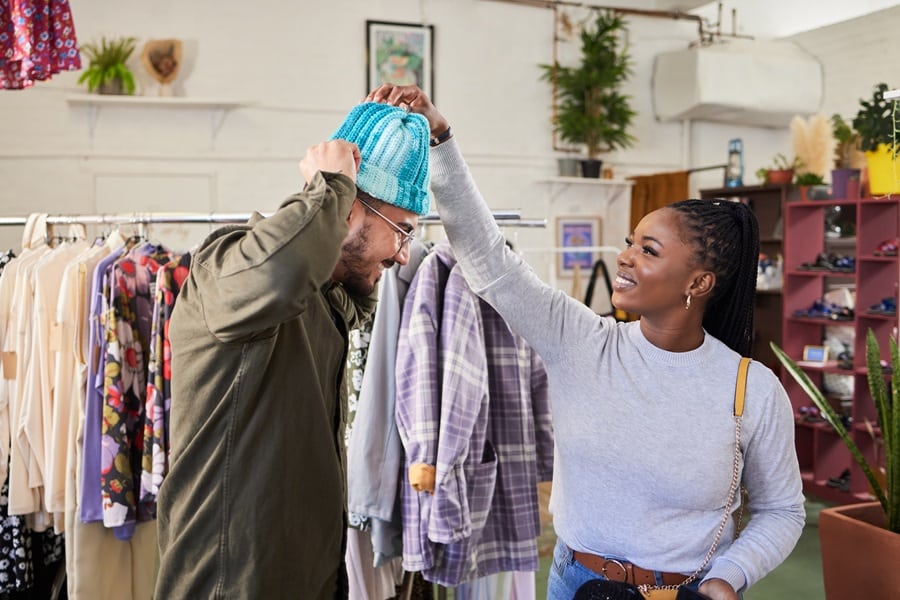Creating a bee-friendly garden isn’t just a rewarding endeavor for any garden enthusiast, it’s also a significant contribution towards biodiversity and environmental sustainability. Bees, your industrious pollinators, play a pivotal role in pollinating the plants that make up the world’s food supply.
However, these invaluable creatures are facing numerous challenges, including habitat loss, climate change, and harmful pesticides. As home gardeners, you have the power to help bolster their survival while enhancing the vibrancy and productivity of your gardens. This guide will delve into the importance of bee-friendly gardens and how you can create one right in your own backyard.
Contents
The Importance Of A Bee-Friendly Garden
Bees are integral to your ecosystems, acting as primary pollinators for a wide range of plants. These diligent insects contribute significantly to the reproduction of various crops and flowers, thus maintaining biodiversity and ensuring food security. Yet, these valuable pollinators are under threat due to various environmental stressors.
As their natural habitats shrink due to urbanization and agricultural practices, gardens can serve as important refuges, offering a sanctuary with plentiful food sources. Furthermore, a bee-friendly garden isn’t just beneficial to the bees. These gardens also offer a host of advantages to the gardener. The presence of bees enhances crop yield, contributes to the lushness of your garden by aiding in the pollination of flowers, and brings a pleasing liveliness to your backyard.
How To Create A Bee-Friendly Garden

Transforming your garden into a bee-friendly oasis involves a few key elements: the diversity of plant species, the provision of water, limiting the use of pesticides, and ensuring safe habitats. Each factor is crucial in offering a safe haven for bees and, in return, benefiting from their pollination services. Let’s explore each of these factors in more detail.
Aim For Continuous Flowering All Year

Planting a diverse range of species that bloom at different times of the year can ensure a continuous source of food for bees. Early-blooming plants like crocuses and hellebores are essential in the spring when other food sources are scarce. Summer-blooming plants, such as sunflowers and lavender, provide a rich supply of nectar during the hotter months.
Michaelmas daisies and asters, which bloom into the fall, offer sustenance in the colder months. Not only does this variety ensure a consistent food source, it also beautifies your garden all year round. This diversity is also crucial as different bee species, having varying tongue lengths, are adapted to feed from different flower shapes. A variety of flower shapes and types can thus accommodate a wide range of bee species, promoting a healthier and more diverse bee population.
Grow Fruit Trees

Fruit trees like apples, plums, cherries, and peaches not only bear delicious fruits for your household, but they are also a rich source of nourishment for bees. Their bountiful blooms in the spring provide bees with much-needed food after their winter dormancy. Furthermore, the diversity offered by different fruit trees can attract a wider range of bee species.
Additionally, the vertical structure of these trees can also provide nesting and overwintering habitats for some bee species. This makes fruit trees a win-win addition to your garden, providing both a fruitful harvest for you and a feast for the bees.
Provide Water Access

Water is essential for bees, not only for hydration but also for regulating their body temperature and digesting their food. A garden offering fresh, accessible water can therefore attract more bees. One way to achieve this is by creating a bee bath: a shallow dish filled with water and pebbles that offer bees a safe place to land and drink. This can be particularly helpful during hot, dry periods when water can be scarce. A pond or a bird bath with landing spots can also serve as an excellent water source. Providing bees with access to water thus not only makes your garden more attractive to them but also supports their daily survival needs.
Grow Fragrant Flowers

Fragrant flowers, with their intoxicating scents, are powerful bee magnets. The smell of these flowers helps lure bees, leading to a higher rate of pollination as bees transfer pollen from flower to flower. Varieties like lavender, sweet peas, and honeysuckle are particularly attractive to bees.
Moreover, incorporating night-scented flowers like evening primrose or night-scented stock can draw in nocturnal bee species, ensuring your garden supports bee populations round the clock. The added bonus? A garden filled with fragrant flowers is not only a delight for the bees but also an olfactory treat for the gardener.
Allow Herbs And Vegetables To Flower

You often harvest your herbs and vegetables before they flower, but by letting some of them bloom, you can provide a rich food source for bees. Herbs like basil, rosemary, and thyme produce flowers that are incredibly attractive to bees.
Likewise, vegetables like broccoli and kale, if left to flower, can become a bee feast. This not only provides bees with more diverse nutrition, but also enhances the pollination of your garden, leading to a more productive yield. It’s a fantastic way to support the bees while reaping the benefits in terms of your own harvest.
Provide Bee Habitats

Bees need more than food and water; they also require safe spaces for rest, shelter, and reproduction. Some bees, such as solitary bees, burrow into the ground, while others prefer hollow stems or holes in wood. Leaving a section of your garden a bit wild, with dead wood and dense shrubs, can offer such habitats.
Additionally, a bee hotel, filled with small tubes or drilled holes, can provide a safe nesting place for bees. Installing one can also be an engaging project for children, teaching them about the importance of bees and sparking an interest in nature conservation.
Limit Use Of Pesticides

While pesticides can help control pests in your garden, they can also cause significant harm to bees. Many common pesticides can kill bees directly or contaminate their food sources, leading to long-term population declines. It’s therefore vital to limit pesticide use or switch to bee-friendly alternatives.
Consider natural pest control methods, like encouraging beneficial insects or using insecticidal soaps. These approaches can keep your garden healthy while ensuring it remains a safe place for bees.
Create A Bee-Friendly Garden Today!
In conclusion, cultivating a bee-friendly garden is a fulfilling activity that significantly contributes to the well-being of your vital pollinators and, by extension, your planet. Each step you take towards creating a haven for bees in your backyard adds to a network of habitats that support their survival. So, go ahead, make your garden buzz with life, and enjoy the beauty and bounty of nature unfolding in your very own bee-friendly garden.


